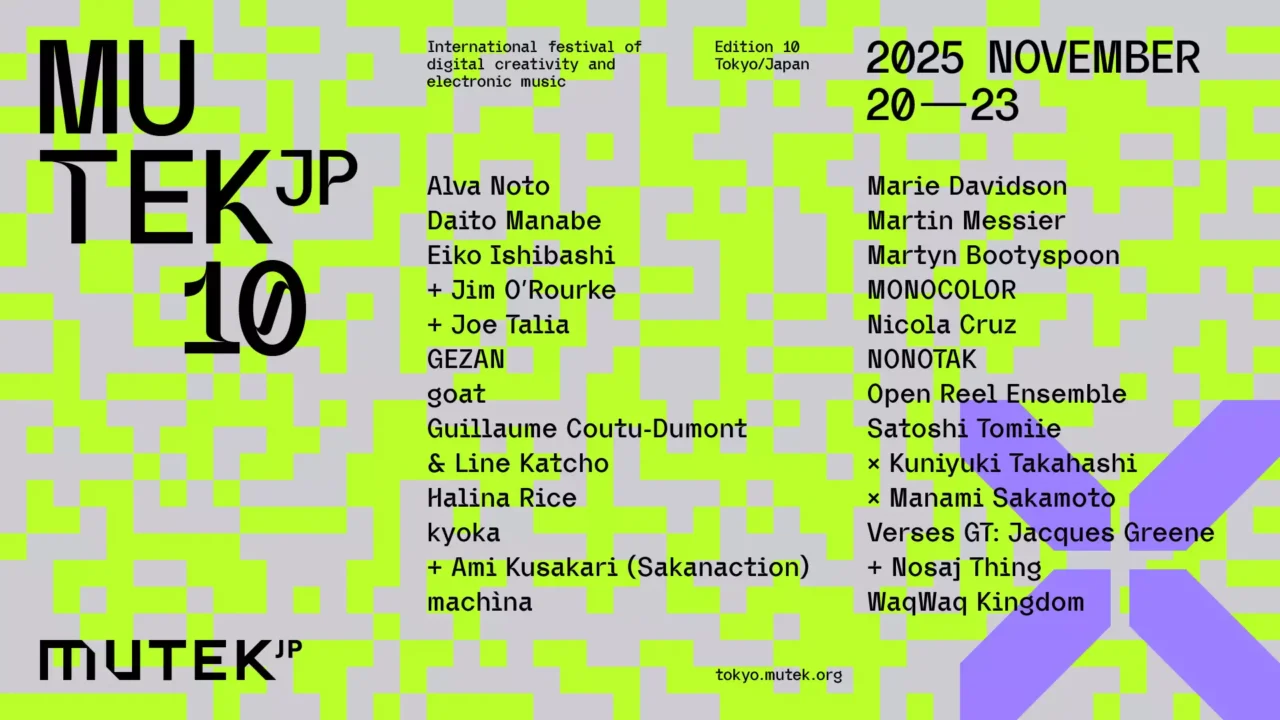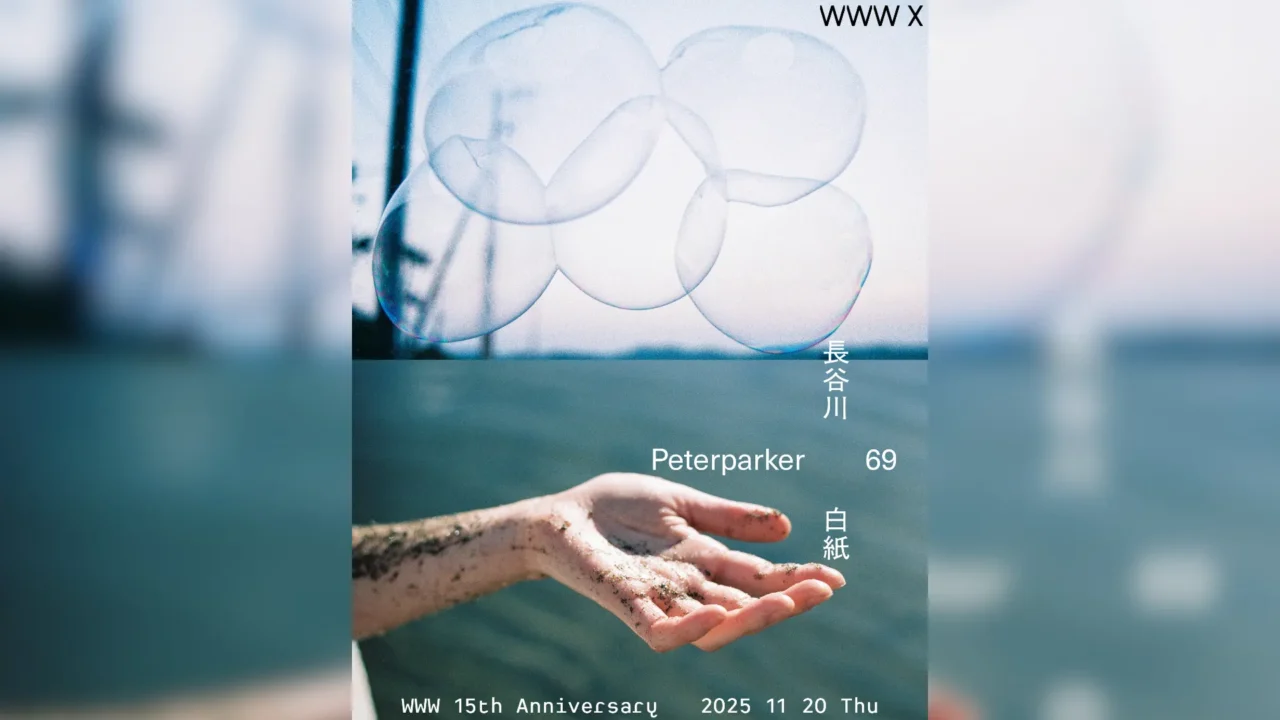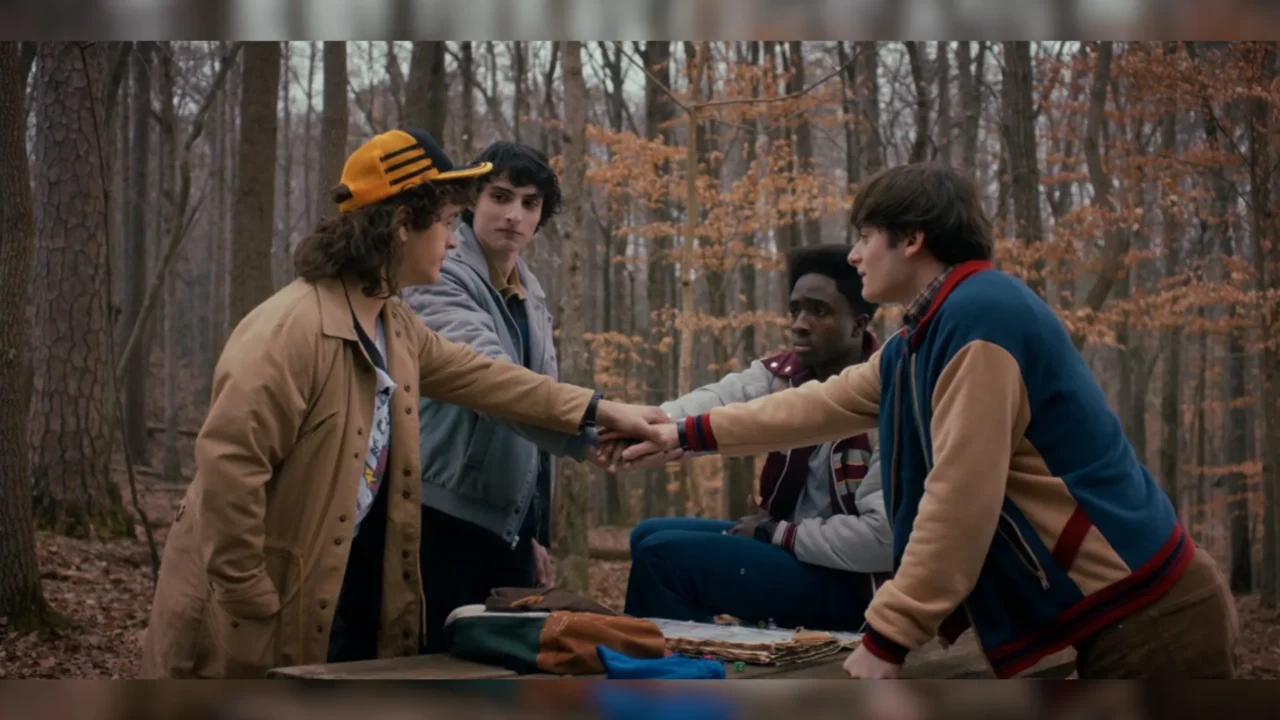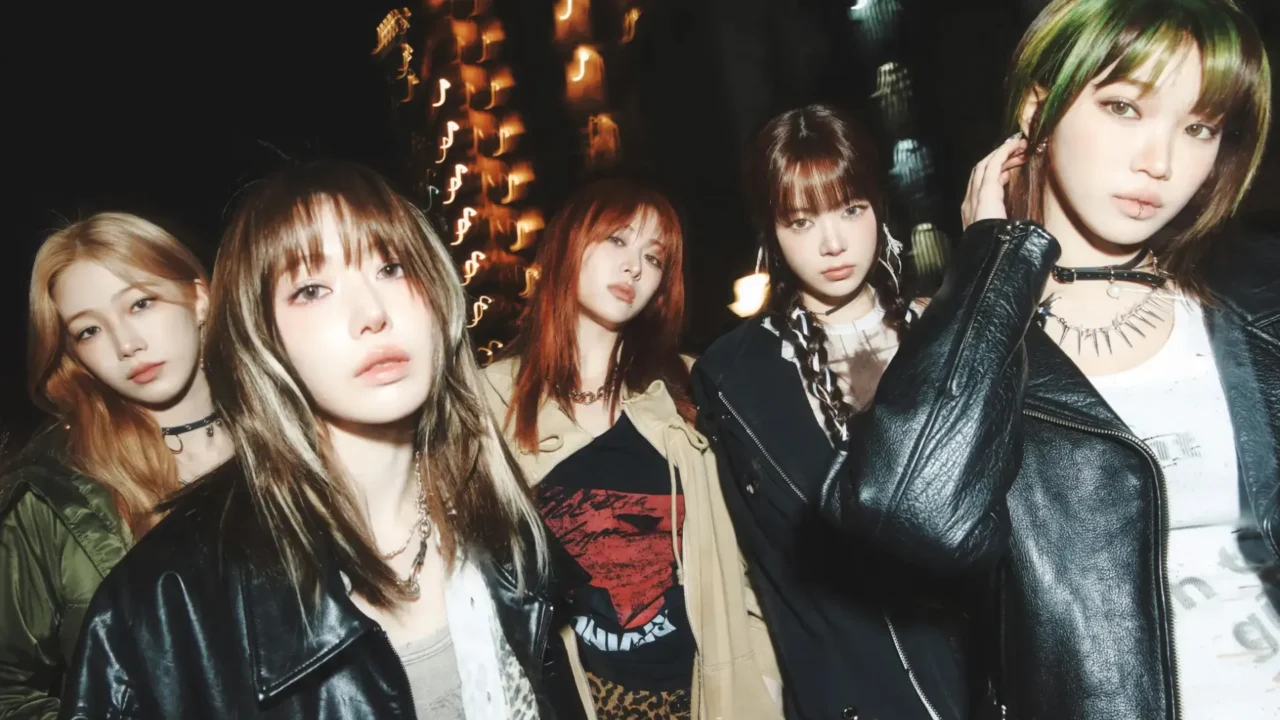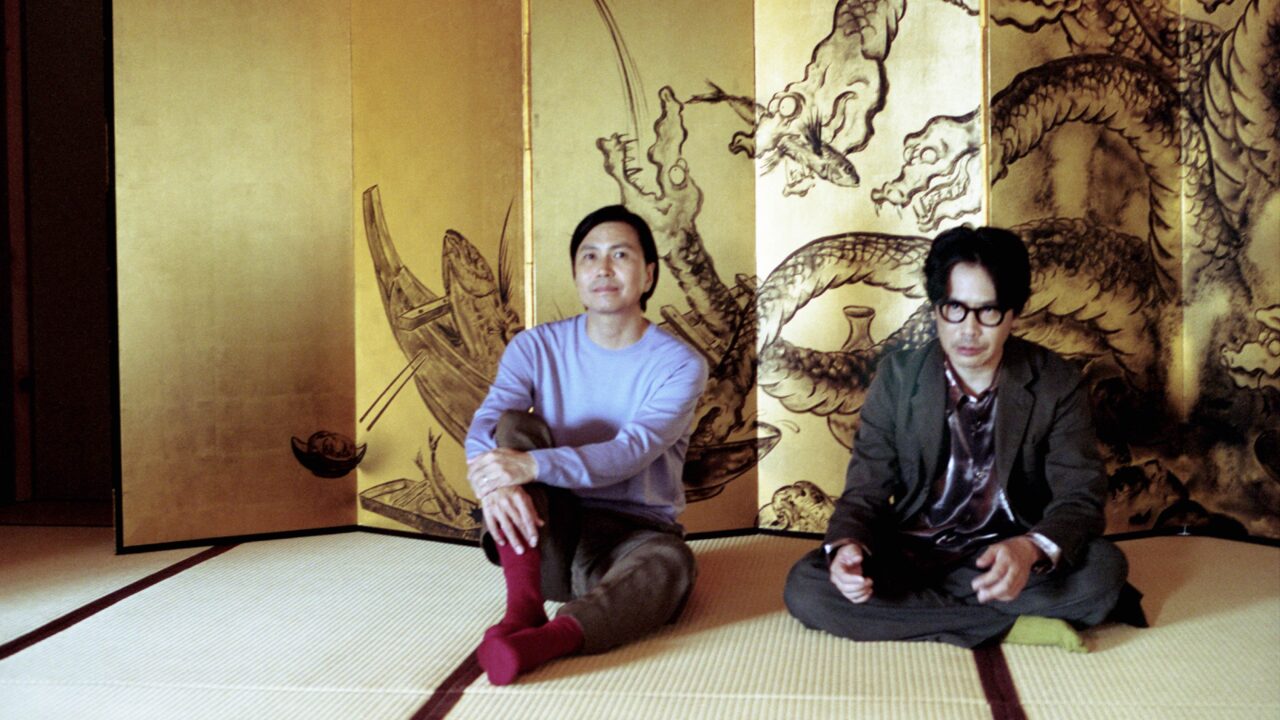Music director and critic Yuji Shibasaki highlights that “Medusa Deluxe” not only pays homage to disco culture through its music but also through its visual techniques and overall spirit.
What is the relationship between the tense crime suspense and disco? This is the seventh installment of the series “The Music Selection Creates the Movie.
This article contains descriptions of the contents of the film.
INDEX
A Mystery Film Shot Almost Entirely in a Single Take
A town in northwestern England. Mosca, a star hairdresser, is found dead at a hair design contest held once a year. When the model in charge of her hair left the room, someone slaughtered her. Strangely enough, the scalp was cut off the body.
“Medusa Deluxe” is a mystery that revolves around this shocking case. Rival hair designers, models, contest organizers, and a mysterious security guard ……. Each of the characters is a suspect, filled with suspicion and hinting at some connection to Mosca’s death. As the story progresses, complex relationships and surprising facts emerge. The various points of view become convoluted, and suspicions are hurled at each other. In the tradition of labyrinthine mystery / suspense, the story unfolds in a gripping manner.
The film’s visual challenge is also noteworthy. Almost the entire film is shot in long takes, and the camera moves around the locations while following each character in real time, giving the viewer a sense of tension and realism as if he or she were present at the scene of the crime.
The meticulous and daring camerawork by Robby Ryan, cinematographer of such masterpieces as “Her Majesty’s Favorite” (2018), “Marriage Story” (2019), and “Come on, Come on” (2021), is a perfect example of the “one-shot” (including the pseudo ones) that is back in fashion these days. This is an outstanding work even among the “one-shot” cinematography that is once again in vogue.

As in the setting of the film, the hair design is also striking. Eugene Suleiman, known as one of the most creative hairstylists of his generation, has created a visual identity that makes the film uniquely individual.
The talent of director/screenwriter Thomas Hardiman in putting together these idiosyncratic productions should also be commended. He is a promising new director who has built his career in the film and television industry and makes his feature debut with this film.

INDEX
Skillful Integration of Existing Pop Songs
The music is also excellent. The original score is by Koreless, a Welsh producer known for his work with FKA twigs and others.
The track, which skillfully interweaves percussion and electronic sounds with environmental sounds, demonstrates a strong sense of real-time and fluidity as it gradually increases in dynamism from its restrained first half to its climax.
And the existing pop songs (albeit in a rather limited number) are also used to singular effect. The first thing the audience hears is the ringtone from contest organizer Renée’s smartphone: Pet Shop Boys’ “West End Girls” (1985). The song is a memorable one that director Hardiman used to listen to as he drove to his mother, a hairdresser.
Several existing songs played as the film reaches its climax are also very effective. First, during the “time travel” sequence at the end of the film, which is considered to be the most important in terms of the plot, “Stand On The Word” (1985) by the Jobbert Singers, a gospel disco classic also known as a garage classic, is played. (1985), a gospel disco classic also known as a garage classic.
The song is played after a moment of silence during the sequence in which Mosca’s lover Angel returns to the venue, heartbroken. Here, the audience will notice that the timeline of the story has been shifted significantly without their knowledge (while they are distracted by the lasting effect of the one-shot). A parallel universe where that atrocious incident never happened? Or ……? When the piano-driven intro is followed by a four-note beat and chorus, the atmosphere of the film is renewed in a stunning way. The use of music here is so vivid and ambitious.
The music has another trick up its sleeve. At first, the song is played as if it were underscore music, but as the scene progresses, we realize that it was prepared by a contestant hairdresser for his stage direction (i.e., the music “actually” played in the film, i.e., the source music). (i.e., the music “actually” played in the film = the source music).

The film then rolls into the final scene with a character’s confession, leading directly to the end credits, where the disco classic “Rock Your Baby,” a 1974 hit song by Miami soul singer George McCrea, is played. The song “Rock Your Baby” is played. As you listen to the familiar rhythm box sounds and soak up the afterglow of the film, suddenly the next song, the somewhat manic single “Don’t You Feel My Love” (1979) by the same George MacRae, is cut in to the mix. (Note that this is a disco-edited remix of the song.) Then the screen lights up again and the entire cast (dressed in lamé 1970s costumes) joins in a dance feast, as if it were the last scene of a musical.

INDEX
The Inevitability of Disco Music in This Film
As you can see, “Medusa Deluxe” is heavily influenced by and pays extraordinary homage to dance music, especially disco.
The disco/house elements are evident even in Koreless’ score, which at first glance seems understated, and the selection of existing songs is straightforwardly disco. Of course, director Hardiman’s tastes seem to have a great deal to do with this, but it is also important to note that the use of these songs is more than just a matter of “I like them because I like them.
One can cite the disco nature found in the rhythm and structure of the film itself. As was evident in the “time travel” section above, in a sense, the flow of images in this film itself was accompanied by a seamless disco-mix-like sensation. The fluidity of the one-cut shooting, with its successive changes of scenes, strongly reminded me of the analogy with the disco DJ technique of skillfully mixing various songs in real time. I would like to describe the film as a “brilliant mix” in the DJ sense of the word. Sustained mood, fusion, and renewal. The visual techniques themselves are dance-music-like and disco-music-like.

Another cultural aspect that can be pointed out is the connection with disco and house culture. It is mainly connected to gay and queer culture. Since the dawn of time, underground disco culture and gay culture/minority culture have developed as inseparable parts of each other, and especially in the UK, where this film is set, there has been a large scale confluence with dance music culture as a subculture that involves the masses. In this light, the fact that the characters in “Medusa Deluxe” are made up of working-class people and minorities, such as gay men, women, and people of color, should be read as a sign that the film is set in the contemporary hair/makeup/fashion industry, where people with diverse identities are active, The fact that the film is set in the contemporary hairdressing/fashion industry, where people of diverse identities are active, should be taken as more than just a statement.















